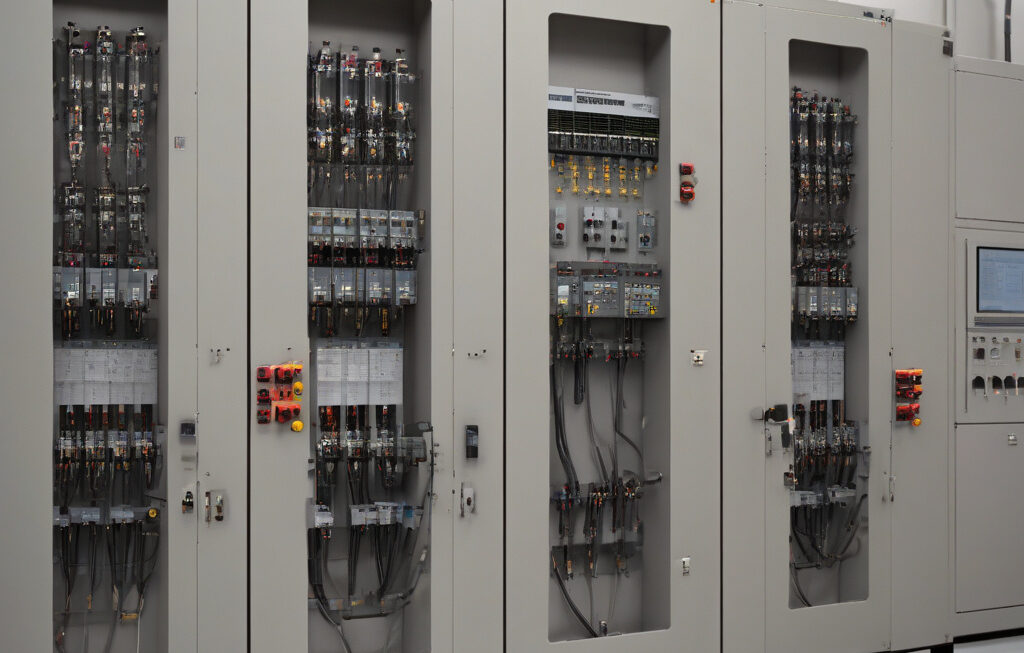Tiny Miracle: Scientists Use World’s Smallest Semiconductor to Make Solar Hydrogen
Korean researchers have successfully produced eco-friendly solar hydrogen for the first time in history using the world’s smallest semiconductor. This remarkable breakthrough marks a significant milestone in the field of renewable energy and paves the way for a more sustainable future.
The semiconductor in question is a minuscule material known as a quantum dot. These tiny particles, which are about 10,000 times smaller than the width of a human hair, have the remarkable ability to convert sunlight into hydrogen gas through a process called photocatalysis. This process involves using light to initiate a chemical reaction that splits water molecules into hydrogen and oxygen.
What makes this achievement even more impressive is the efficiency of the quantum dot semiconductor in harnessing solar energy. Unlike traditional silicon-based solar cells, which are bulky and rigid, quantum dots are flexible and can be easily integrated into a variety of applications, including wearable devices, building materials, and even clothing.
The use of quantum dots for solar hydrogen production offers several key advantages. In addition to being lightweight and flexible, quantum dot-based solar cells are also highly efficient, with the potential to convert a greater percentage of sunlight into energy. This increased efficiency not only makes them more cost-effective but also more practical for widespread adoption.
Furthermore, quantum dots are composed of non-toxic materials, making them an environmentally friendly alternative to conventional solar cell technologies. This means that the production and use of quantum dot-based solar cells have a minimal impact on the environment, reducing the carbon footprint associated with energy generation.
The potential applications of this technology are vast. In addition to producing clean hydrogen fuel for vehicles and power generation, quantum dot-based solar cells could also be used to create self-powered sensors, portable electronics, and even artificial photosynthesis systems for carbon dioxide reduction.
As the global demand for clean and sustainable energy continues to grow, innovations like the use of quantum dots for solar hydrogen production will play a crucial role in shaping the future of renewable energy. By harnessing the power of the world’s smallest semiconductor, researchers are not only unlocking new possibilities for green energy generation but also demonstrating the immense potential of nanotechnology in addressing the world’s most pressing challenges.
In conclusion, the successful production of solar hydrogen using quantum dot semiconductors represents a significant step forward in the quest for clean, renewable energy sources. With their high efficiency, flexibility, and environmental friendliness, quantum dot-based solar cells have the potential to revolutionize the way we harness solar energy and pave the way for a more sustainable future.
solar energy, quantum dots, renewable energy, hydrogen fuel, eco-friendly











